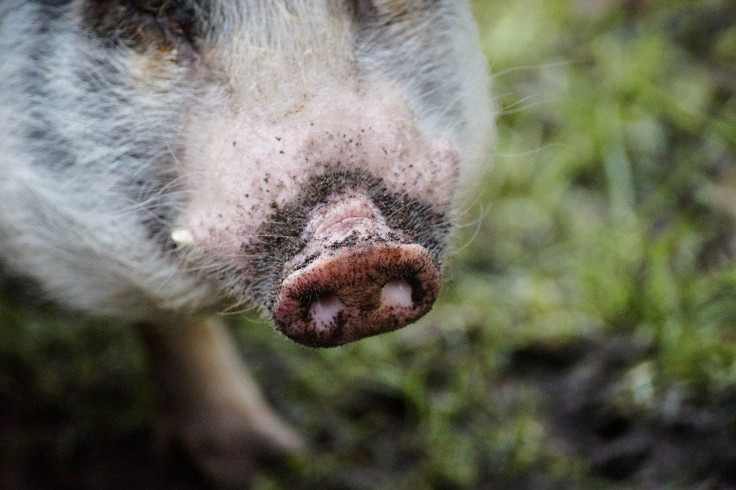What's A Pygmy Hog? Conservationists In India Release 12 Of World's Smallest Pigs
KEY POINTS
- Pygmy hogs stand at a mere 20 to 30 centimeters in height
- They used to thrive in the Himalayan foothills of India, Nepal and Bhutan
- Their population dropped in the 1960s and were feared extinct
- They were rediscovered in the northeastern Indian state of Assam in 1971
Conservationists in India have released a dozen of pygmy hogs, the world's smallest pigs, in an effort to save them from extinction. What are some important things you need to know about this species?
The Pygmy Hog Conservation Programme (PHCP) released a total of 12 pygmy hogs last week, eight of which were released Tuesday while the rest were released Saturday, Phys.org said, citing Agence France-Presse. Among the pigs, seven were male and five were female.
This move is in line with the efforts to boost the species' population. Last year, 14 pygmy hogs were also released. So far, 142 pygmy hogs have been reintroduced to their natural habitat, the publication noted.
The organization is breeding more pygmy hogs to be released into the wild.
"In next four years, we target to release 60 hogs... so that they can build their own population in the wild," program field scientists Dhritiman Das said.
Pygmy hogs in danger
The pygmy hog, which has the scientific name porcula salvania, is the sole member of the Porcula genus and is considered the world's smallest and rarest pig.
Pygmy hogs stand at a mere 20 to 30 centimeters in height and feed on tubers, roots, insects, small reptiles and rodents, the Zoological Society of London (ZSL) noted. They are said to be among the very few mammals that build their own nest that even comes with a "roof."
Pygmy hogs once had a huge population in the Himalayan foothills of India, Nepal and Bhutan, according to Phys.org. However, they decreased in number in the 1960s to the point that they were feared extinct.
They were rediscovered in the northeastern Indian state of Assam in 1971. By 1996, the PHCP, along with the national and state governments, established a captive breeding program starting with six pigs.
It is believed that there are less than 250 of them left in the wild.
Losing an entire genus
Among the main threats to pygmy hogs is the degradation and destruction of their habitat. They live in dense, tall grasslands that unfortunately have been degraded to be used for human settlements, livestock grazing and commercial forestry among others.
"If we were to lose this species, then we'd lose an entire genus and millions of years of its evolution in an instant," Matthew Linkie, Asia coordinator for the International Union for Conservation of Nature's Wild Pig Specialist Group, told National Geographic.
The successful breeding program has helped bring the species back to the wild despite their dire numbers. Still, the pygmy hog does not see "high profile conservation attention" as other South Asian animals do, ZSL noted. According to National Geographic, part of the effort is also trying to save its grassland habitat.

© Copyright IBTimes 2025. All rights reserved.






















